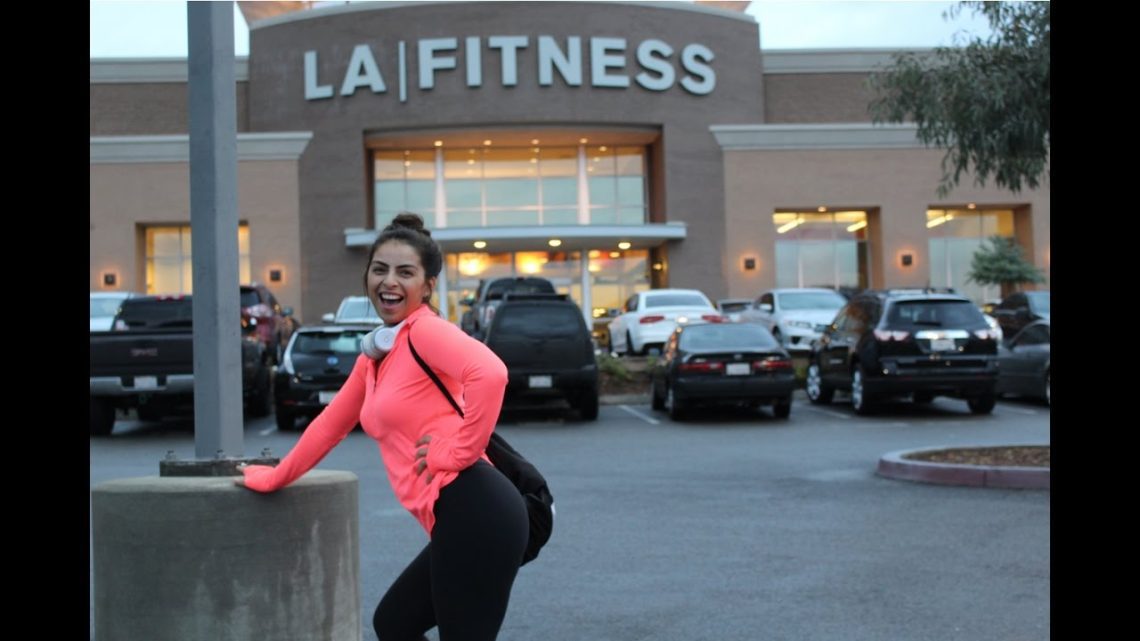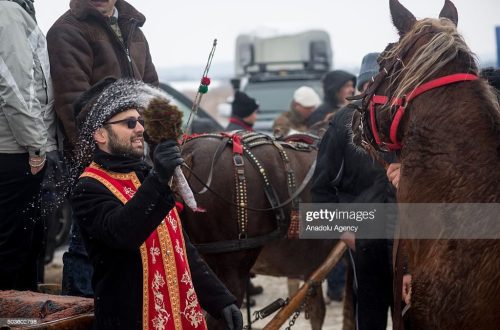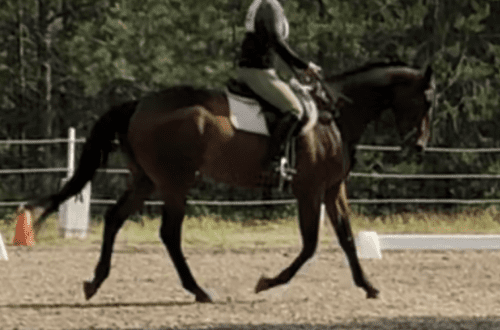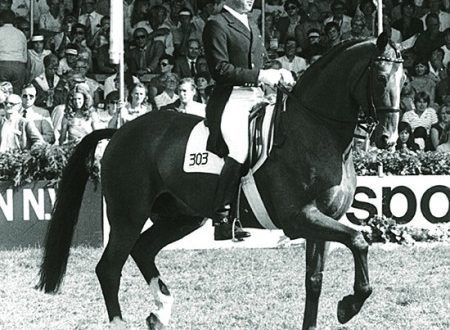
Working on the corners!
Working on the corners!
Proper handling of the corners of the arena is not only necessary, but also beneficial – the horse becomes more flexible, and you improve your position.
Poles or traffic cones can help you with this exercise to mark the corners of the arena.
You must set yourself the following goals:
1. Maintain rhythm and flexibility during and out of the bend.
2. Don’t let the horse “fall” inwards by leaning over like a bicycle.
3. Use your controls effectively.
On the move:
1. Send the horse to a walk. Achieve an active elastic stride. Make sure you sit up straight, don’t tilt your head, and keep soft contact with the horse’s mouth.
2. Ask for a light internal ruling by lightly playing with the brush. Do not pull on the reins so that the horse turns his head to the side!
3. Maintain constant contact with the outer corner of the mouth through the reins. This is how you support the horse and keep his neck from bending inward too much.
4. Do not lean or twist your seat while riding in corners. Let the horse take you.
5. Your inside leg should remain at the girth to encourage the horse’s inside hind leg to step forward and under the body.
6. Your outside leg should lie slightly behind the girth – it prevents the horse’s hindquarters from rolling out.
7. The impact of your legs and buttocks should be enough to keep the momentum going.
8. Always approach the corner in a straight line – this is not an exercise to be practiced by riding in circles.
9. Work evenly on both sides. Most horses prefer one particular side, so always start a new exercise on their favorite side and then, once trust and confidence is established, start alternating directions.
At the trot:
As soon as you feel improvement and softness during the walk exercise, move on to trotting.
1. Move at a calm, leisurely trot, maintaining good contact.
2. Use the same controls you used on the step and take your time.
3. After a while, when you realize that you are up to the task, move the cones to make the corners deeper. This will make it harder for the horse, so it may be worth trying first. do the updated step exercise.
4. Your horse needs to become more flexible to get into these deeper corners, so keep it “integrated” with your legs and seat. Keep moving forward, don’t let the horse lag behind.
5. If your horse is unsteady in deep corners and struggles, ride into them at the walk, and then, when you have already formed a bend, raise the horse into a trot. This will help support the horse’s hind legs and stop the tendency for the horse and rider to lean inward.
At a gallop:
If your horse is confident in walking and trotting corners, you can try cantering as well. You will need practice, so take your time, let the horse relax and figure out what you are asking him to do.
1. Adjust the depth of the angle so that the horse is comfortable and comfortable. Don’t make the job very difficult for him initially, as this will cause the horse to get nervous, panic, and fight you.
2. Before entering a corner, set up a canter: the pace should be clear, the canter is calm and short.
3. It is not unusual for a horse to trot in front of a corner or in a corner—don’t panic.
4. Maintain a rhythmic canter and keep the horse in the legs.
5. Sit up straight, do not lower your chin, do not look down, look forward.
Working in corners requires the horse toоmore effort and concentration, so be sure to let her stretch forward and down for a few minutes at the end of the exercise.
Translation by Valeria Smirnova (source).
- Black squirrel November 9 2017 city
Very useful and relevant article, thanks





